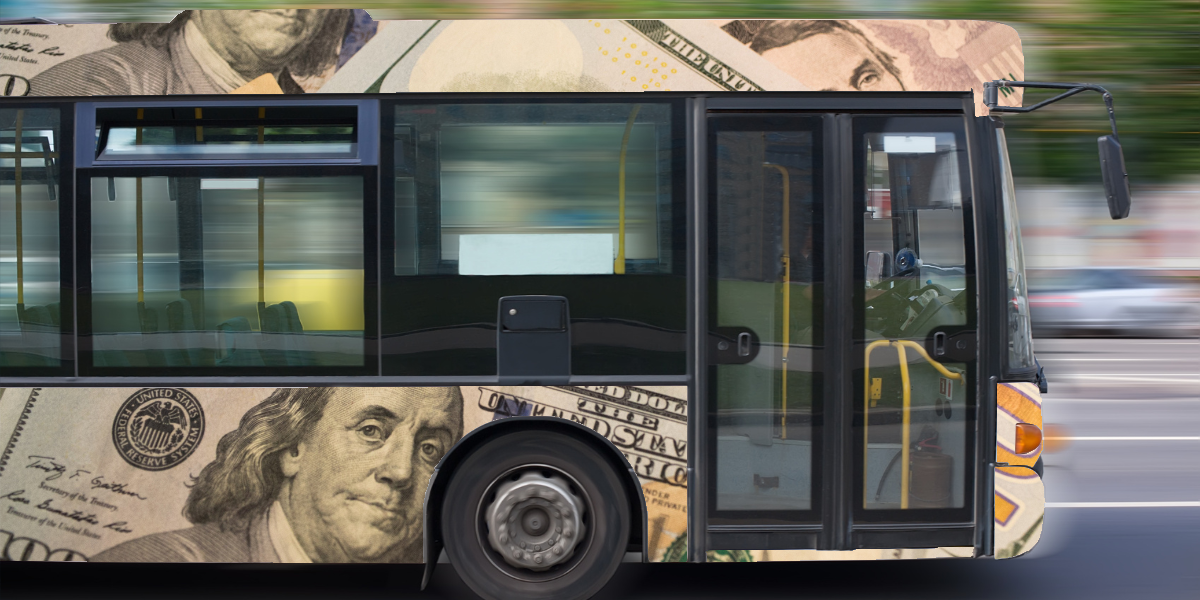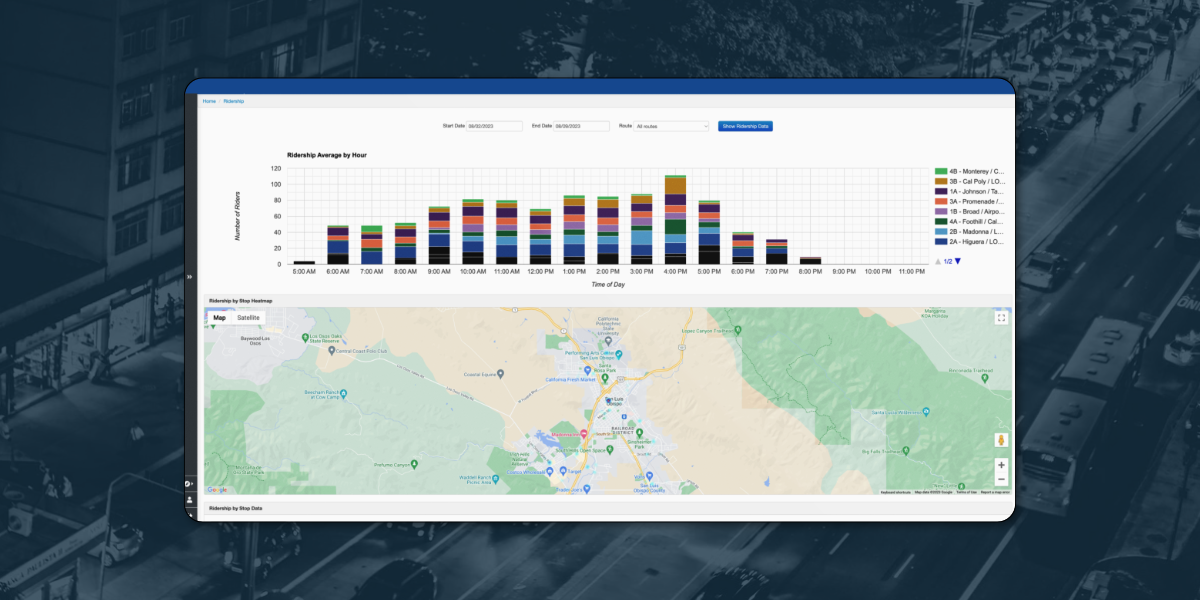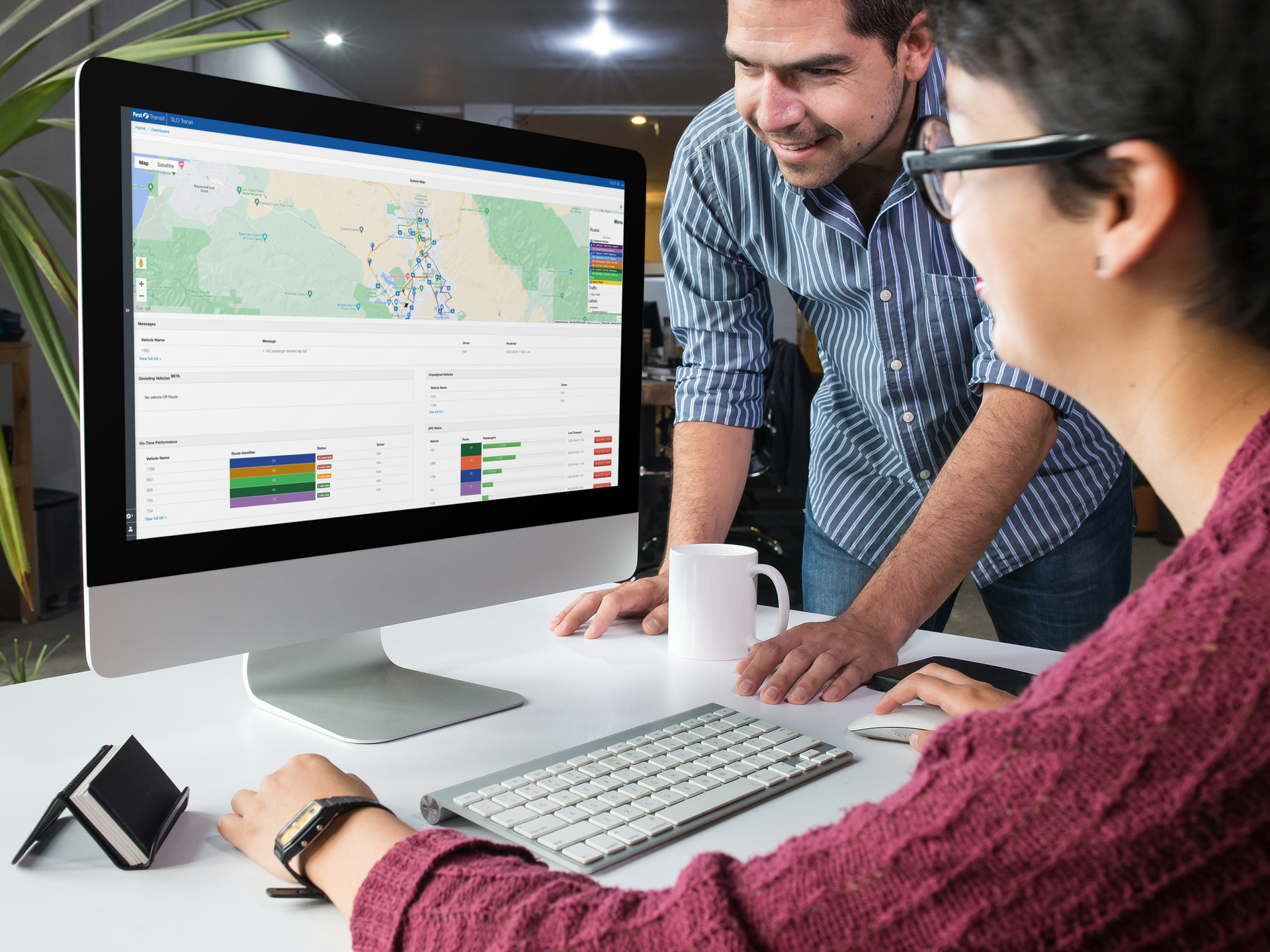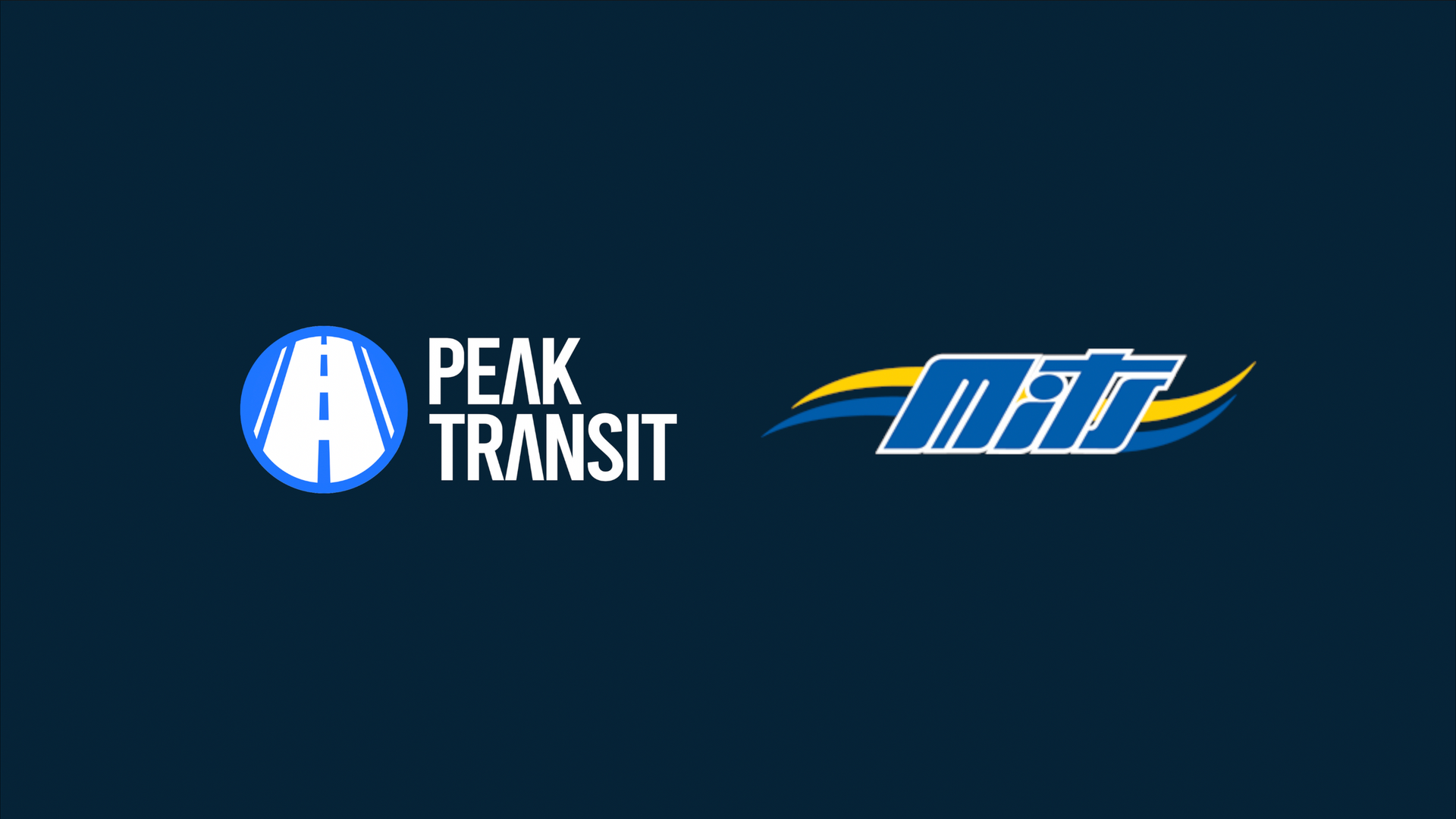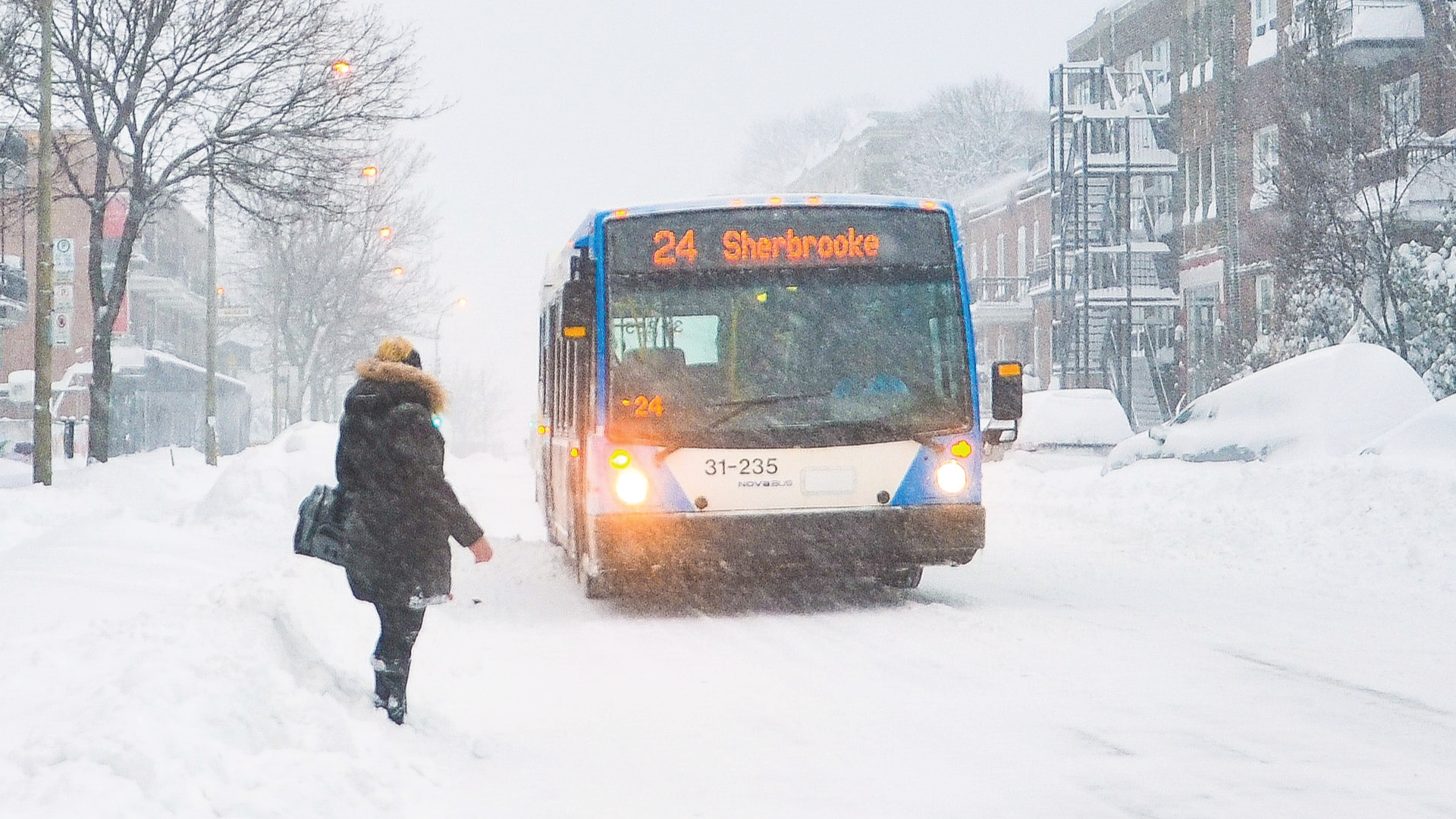
Preparing for the Holiday Transit Challenge
As the holiday season draws near, you're faced with the unique challenge of adapting your transit services to the changing needs of your community. Whether it's the bustling streets of city centers or the quiet lanes of suburban towns, you'll notice a shift in public transit usage patterns.
Navigating the Surge in Holiday Destinations
In urban and tourist-centric areas, you're likely to see a surge in both visitors and locals using public transportation during the holidays, especially for getting to popular holiday destinations like markets and festive events. To meet this increased demand, consider enhancing your schedule frequency to ensure a smooth and efficient travel experience for everyone.
Enhancing the Experience in High-Demand Areas:
- Enhance Real-Time Communication: Keep your passengers informed about schedule changes or delays through digital platforms.
- Deploy Additional Resources Strategically: Add extra buses or trains during peak times to cater to the influx of passengers.
- Promote Off-Peak Travel: Encourage travel during less crowded times by offering incentives or information, helping manage passenger flow more effectively.
Adjusting to Changes in Commuter Patterns
In areas where transit primarily serves daily commuters, you might notice a decline in ridership during the holidays. With schools and businesses winding down, the regular demand for transit services decreases. This is an opportunity to optimize your services.
Optimizing Transit in Low-Demand Areas:
- Implement Flexible Scheduling: Adjust your transit schedules based on real-time ridership data to better match the reduced demand.
- Engage with the Community: Keep the public informed about any changes in your service schedule through social media and other communication channels.
- Optimize Routes: Reevaluate your routes and consider temporary adjustments to bypass areas with significantly reduced ridership.
Leveraging Data for Strategic Holiday Planning
As you plan for the holiday season, detailed ridership reports become your guide. By leveraging comprehensive data on ridership trends, you can make informed decisions that ensure efficiency and quality in your holiday scheduling.
Data-Driven Strategies for Effective Service:
- Analyze Historical Data: Look at past holiday season data to anticipate and prepare for this year's trends.
- Engage in Proactive Planning: Use predictive analytics to foresee potential challenges and opportunities, allowing you to prepare in advance.
- Collaborate with Local Businesses and Event Organizers: Work together to understand upcoming events and adjust your transit services accordingly.
Revolutionizing Your Ride: Smart Transit Strategies for the Holidays and Beyond
As you reflect on this holiday season's challenges and successes, consider this: Are you prepared to elevate your transit services for the next holiday season and beyond? Embracing strategies such as enhancing real-time communication, promoting off-peak travel, and utilizing data analytics can significantly improve both efficiency and passenger satisfaction. Now is the perfect time to think about integrating advanced transit solutions.
Imagine the impact of innovative technologies tailored to the unique demands of holiday travel and your day-to-day operations. Are you ready to explore the possibilities? We invite you to schedule a demo with us and discover how cutting-edge solutions can transform your transit services. This is your opportunity to step into the future of transit management, where efficiency meets passenger-centric care.
Why wait? Take the first step towards a more dynamic and responsive transit service. Schedule your demo today and explore the potential of advanced transit solutions for your agency.
